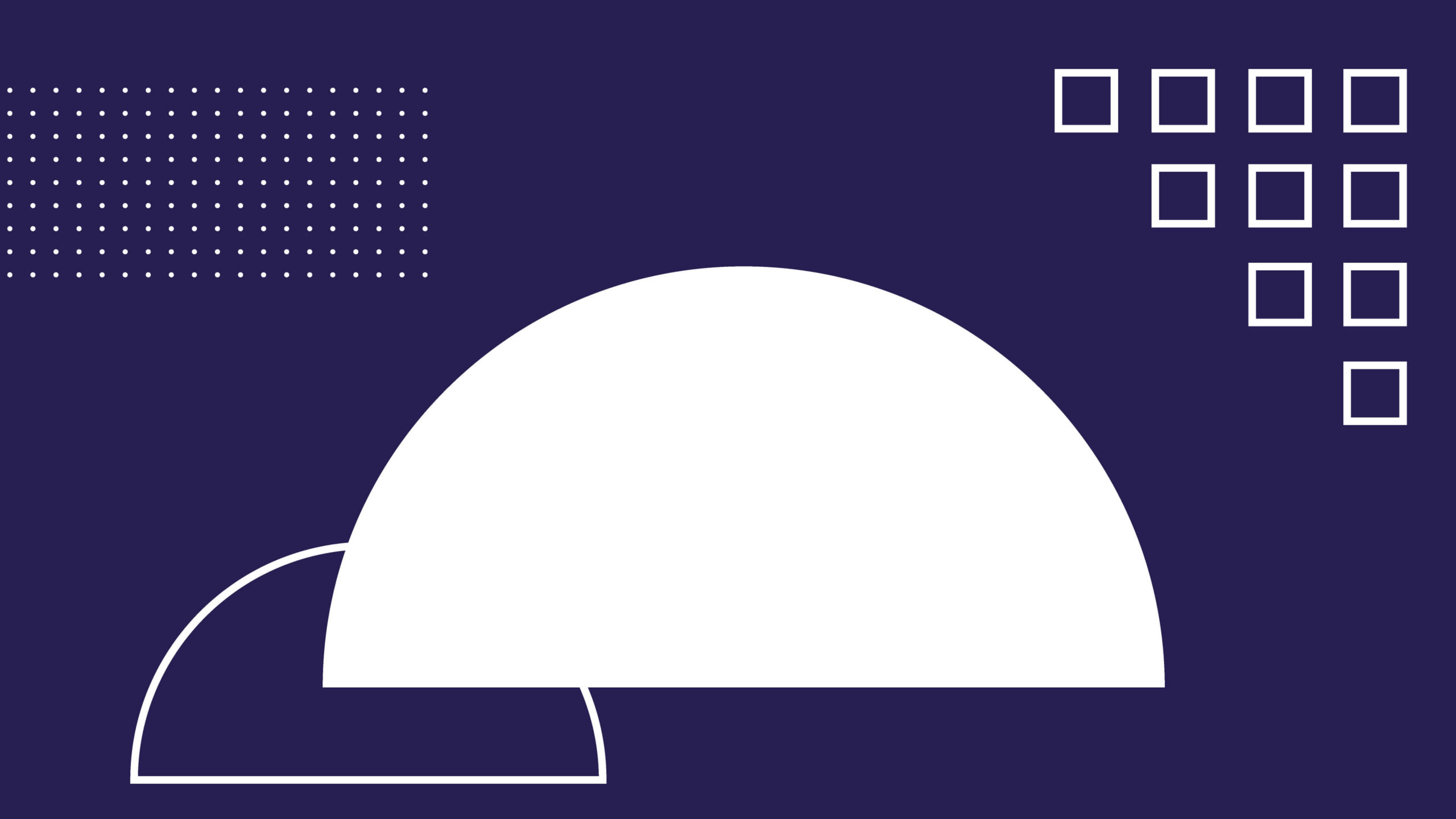You may think that firewalls are a relic of a bygone era.
Sure, you needed to set one up back when you were using a monitor the width of a watermelon. But now, in an era of checking your work email from your iPhone between tracking steps on your watch, the notion of a firewall seems laughable.
But did you know that firewalls are still essential for cybersecurity?
Yes, you do need a firewall in 2023. You need a firewall on your computer, on your phone, and one for… every cloud app that your organization might use.
If you want to protect your data and network traffic from prying eyes, then you better have a firewall.
Let’s take a look at what a firewall does, how it functions with modern-day technology, and why you require one to protect your organization in the cloud.
What is a Firewall?
Firewalls Block Network Traffic
Essentially, a firewall is just a barrier between a device (or any endpoint) and network traffic coming in.
In fact, a firewall functions a lot like a physical wall, blocking the objects that come in front of it. But instead of just stopping everything headed in its direction, a firewall allows for some customization. Once you set it up, a firewall will block only certain kinds of network connections from accessing the information that you want to keep private.
In the abstract, a firewall is simply a barrier between a trusted network and an untrusted network. That set up can exist in two ways:
- On-premise: the trusted component is a private network or offline device activity; the untrusted party is the public internet.
- Cloud: the trusted component is your chosen cloud service; the untrusted party is the rest of the internet.
Network Traffic and Man-In-The-Middle (MITM) Cyberattacks
Whenever you go online, you are connecting some sort of private endpoint (usually it’s your device like a laptop or phone) through a private network (like your Wi-Fi connection) to the public internet.
Without any guardrails in place, every piece of data that you upload online is exposed. Theoretically, a malicious party could simply intercept every file or message that you are uploading to the internet, including your credit card information or personal address.
The modern internet and the devices we use to access it are all set up with multiple protections from such malicious interference. Firewalls are one of these layers of defense.
Without a firewall, you’re vulnerable to a Man-In-The-Middle (MITM) cyberattack. In these attacks, a malicious party takes control of a Wi-FI router or public hotspot and can see all the information that is going out of the trusted private network before it’s sent out to the public internet.
The attacker can then set up a command-and-control connection where your device is controlled from a remote station in an entirely different location.
What Are The Two Main Types of Firewalls?
Next-Generation Firewall vs Traditional Firewall
Traditionally, firewalls were one of the main lines of defense against cyber threats.
Most cybersecurity actions focused on protecting private networks. By securing a network, you could protect everyone working from the same physical office or going online from the same house.
But once more people started using mobile phones, tablets, and laptops, securing individual networks was no longer enough. In the last two decades, a lot of cybersecurity programs turned their attention on safeguarding individual devices and their users.
Since every user behaves differently, traditional firewalls were not particularly helpful. Old firewalls were simple gateways that decided what traffic was allowed in and what traffic was blocked based on general and basic rules.
Now, next-generation firewalls are significantly more advanced and customizable. Modern firewalls are actually capable of analyzing traffic based on characteristics like:
- Destination address
- Data sent within each network packet
- Malicious behavior patterns.
Your firewall can maintain a list of suspicious domains and update it against known databases and compromised networks. With this type of analysis, you can stay on top of developing threads and block the traffic that is actually putting your data at risk.
Firewall Types by Location
Since a firewall establishes a protected perimeter between any trusted network and an untrusted network, there are three key types of firewalls based on their location:
- Software firewall: installed on a local device, like your computer.
- Hardware firewall: installed as a physical device attached to your private network.
- Cloud firewall: (also called a firewall-as-a-service) installed and hosted on a cloud server.
Your Organization Needs Firewalls in the Cloud
So, why do you need a firewall in the cloud? There are a few key reasons that may apply to your organization.
Remote Work
With any sort of hybrid or remote work setup, you cannot control what networks your employees are connecting to when they are not in the office.
If someone tries to log onto your Azure server from a compromised public network in a hip Brooklyn coffee shop, then all the information on that Azure server can easily get compromised.
Vulnerabilities
When you log into any cloud service, then you are accessing those files in the same way as you would with data stored offline on your computer’s hard drive.
As you interact with the internet, all the services from your cloud are getting exposed unless protected through a firewall.
New Network Perimeter
Any cloud services that your organization uses are functionally the same as local private networks and have to be protected as such.
To find and block any malicious traffic coming into your web apps or online file storage, set up a virtual firewall to protect that new network perimeter.
While the devices you use to go online may have changed, the way of protecting your data hasn’t. Make sure that all of your network traffic is protected to keep your organization’s data safe.
The Benefits of Cloud Security Configuration Management
Proper cloud security configuration management can become a key factor for keeping your organization safe when using cloud services.
By managing cloud vulnerabilities, you can oversee the security settings of all cloud services within your organization. This way, you can ensure your organization’s data remains secure.
With cloud security configuration management, you can:
- Monitor the activity of cloud services, verifying that the right security protocols are in place.
- Protect critical business assets from potential threats associated with cloud services.
- Detect and remediate security threats within the cloud, reducing your chances of suffering a data breach.
In addition, proper cloud security configuration management also helps you keep your cloud services up to date. This way, you can make sure your services are running on the most secure versions, ensuring that no outdated security protocols leave you vulnerable to attack.
Firewalls are Key to Good Cloud Security Management
Even in 2023, a firewall is still a vital security measure for your organization.
Despite the rise of cloud technology, firewalls offer a layer of protection that cloud systems cannot. Firewalls can inspect and control traffic on your networks, secure remote access, and monitor threats both on-premise and in the cloud.
For proper vulnerability and configuration management within the cloud, your organization needs firewalls to protect your full network perimeter and all aspects of your digital infrastructure.
If you want experienced cyber analysts to help you choose and configure a firewall for your cloud servers, contact our team at Pareto Cyber.






